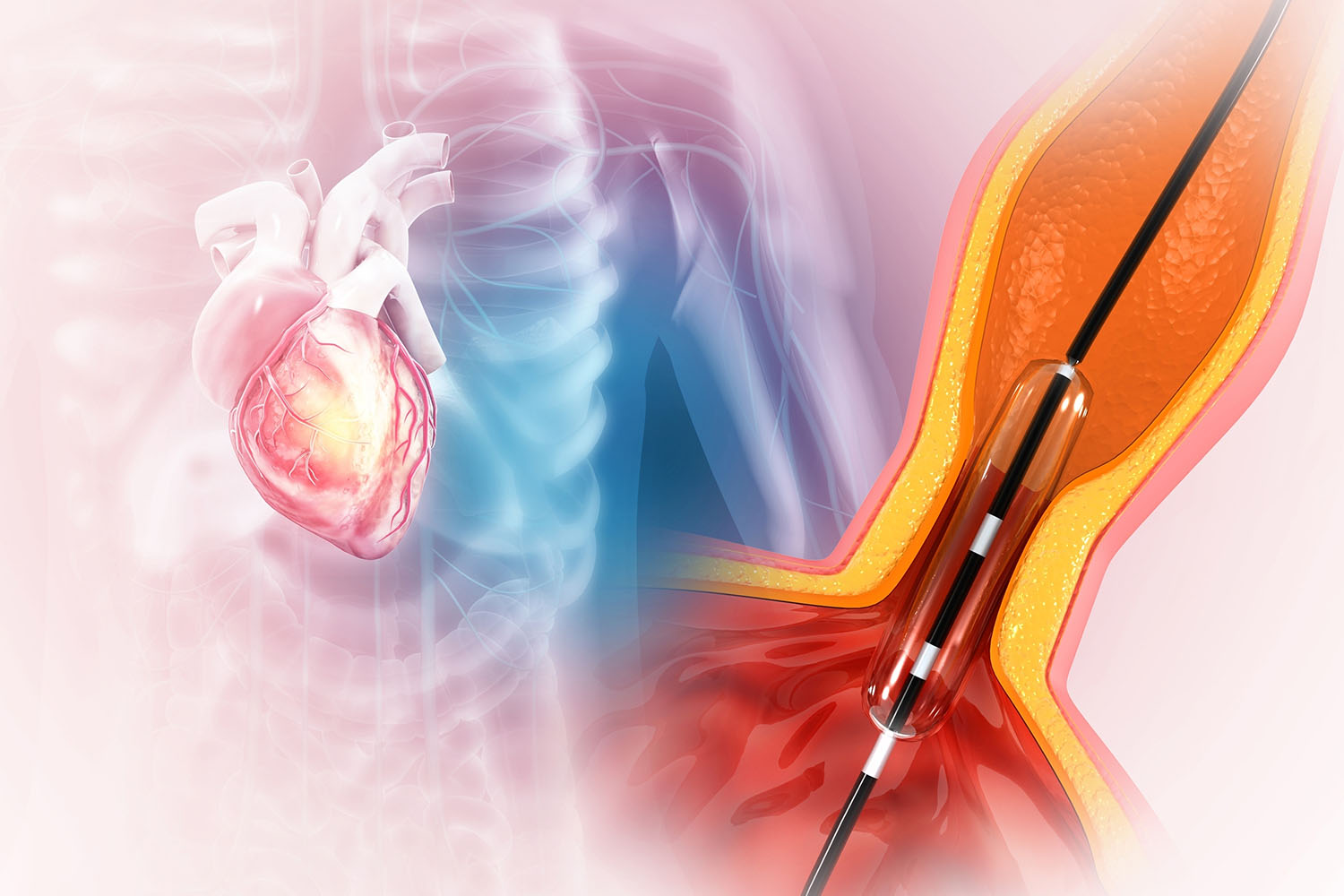Overview
Angio, short for angiography, is a vital diagnostic tool that allows doctors to peer into the inner workings of your vascular system. Imagine a high-tech roadmap for your blood flow, revealing blockages, abnormalities, and potential issues before they become major problems. This blog dives into the world of angio, exploring its uses, international research on its effectiveness, and what to expect during the procedure.

How Does Angiography Work?
There are several types of angio procedures, but the core principle remains the same. A thin, flexible tube called a catheter is inserted into an artery in your groin, arm, or neck. Using X-ray imaging or other techniques like fluoroscopy, the doctor guides the catheter to the specific area of interest, like your heart, legs, or brain.
Here’s the magic: a special contrast dye is injected through the catheter. This dye shows up brightly on X-rays, highlighting the blood flow within your vessels. By analyzing the images, doctors can identify:
- Narrowed or blocked arteries (atherosclerosis)
- Weaknesses or bulges in blood vessel walls (aneurysms)
- Abnormal connections between arteries and veins (arteriovenous malformations)
International Research on Angiography
Angiography has been a cornerstone of vascular diagnosis for decades. A 2020 study published in the Journal of the American College of Cardiology reviewed data on the use of coronary angiography (focusing on the heart) in managing heart disease. The research confirmed its effectiveness in identifying blockages and guiding treatment decisions like angioplasty or bypass surgery.
Furthermore, advancements in angio technology are ongoing. A 2023 study published in the British Journal of Radiology explored the potential of cone-beam CT angiography, a newer imaging technique. The research suggests this method offers detailed 3D angio images with potentially lower radiation exposure compared to traditional angiography.
What to Expect During Angiography
Angiography is typically performed in a hospital setting. While it’s not a major surgery, some preparation is involved. You might need to fast beforehand, and medications may be adjusted. During the procedure, you’ll likely be awake but sedated to minimize discomfort.
Recovery time can vary depending on the type of angio and your individual situation. Following the doctor’s instructions regarding post-procedure care is crucial to ensure a smooth recovery.
Who Needs Angiography?
Angio is a valuable tool for diagnosing various vascular conditions. Your doctor might recommend it if you experience symptoms like chest pain, leg pain, numbness, or weakness, which could indicate potential blood flow issues. Additionally, angio may be used before certain procedures like stent placement or vascular surgery to map the targeted area.
Angio offers a minimally invasive way to gain crucial insights into your vascular health. International research consistently highlights its effectiveness in diagnosing and managing vascular diseases. If your doctor suggests an angio procedure, discussing the benefits and potential risks with them is essential for making informed decisions about your health. Remember, this blog provides general information, and consulting a qualified healthcare professional is vital for personalized medical advice.


